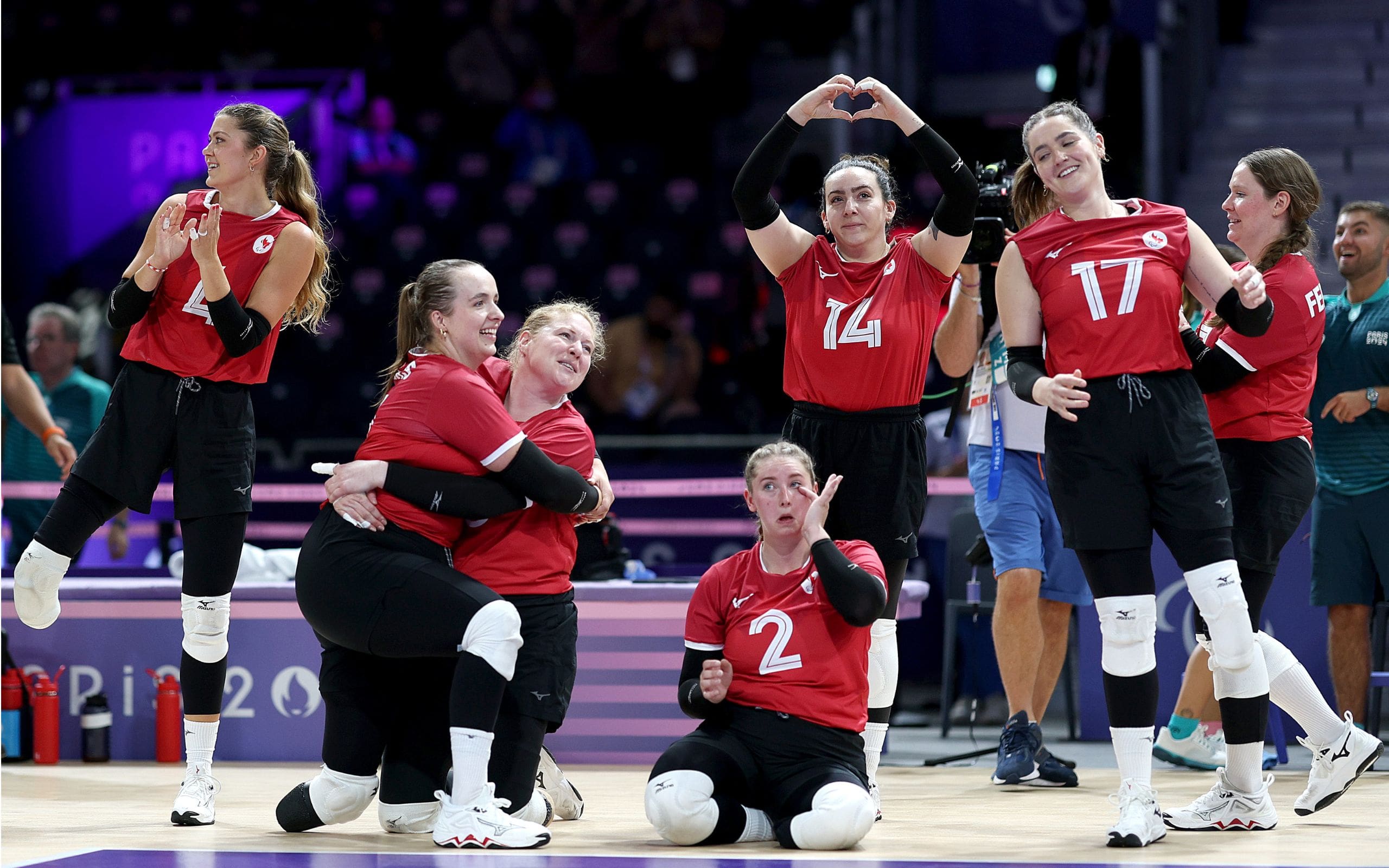
Sitting volleyball
Summer Sports
Men and women compete separately in sitting volleyball at major Games. The teams are composed of athletes with lower limb impairments. Apart from the players being seated, the other major differences are a smaller court, lower net and players must always keep contact with floor at all times except when making a defensive play in the back or front zones. The court is divided into two sides of five metres deep by six metres wide. The net height, lower than that of able-bodied or standing volleyball, is set at a height of 1.15 metres for men, and 1.05 metres for women.
Each match is a best-of-five sets. The first four sets go to 25 points while a fifth and deciding set goes to 15. In all sets, the margin of victory must be at least two points. There are a maximum of 12 players to a team.
Sitting volleyball originated in the Netherlands in 1956 as a combination of volleyball and sitzball, and has been in the Paralympic Games since Arnhem in 1980.
World ParaVolley is the world governing body, with Volleyball Canada as the National Sport Federation.
The Volleyball classification is based on the “Amputee and Les Autres (others)” system used by ISOD (International Sports Organisation for the Disabled). In general classification is conducted using one or more of the following measures: level of amputation; muscle strength; joint range of motion; difference in limb length.
Athletes must be classified prior to any participation in international competition. Athletes will be classified either minimal disability (MD) or full disabled. Teams can only have two MDs on the roster and one MD on the court at any given time.
Any athlete with a disability or able-bodied athletes may be eligible to compete; each individual competition reserves the right to determine its own eligibility criteria.
"*" indicates required fields